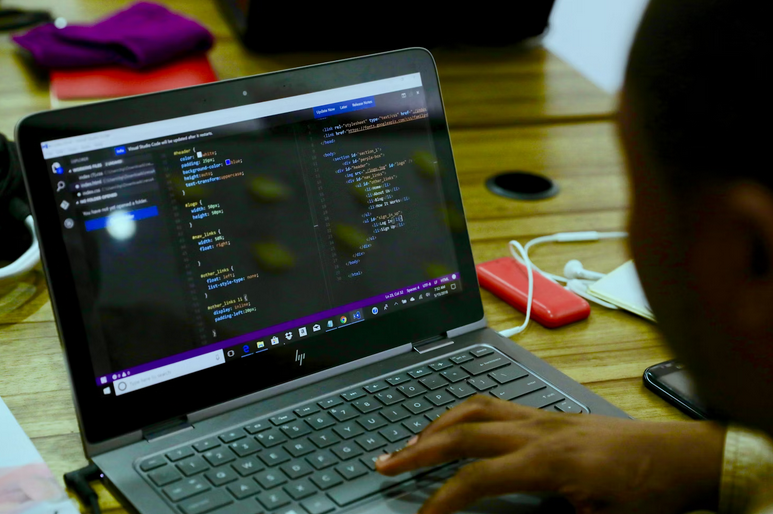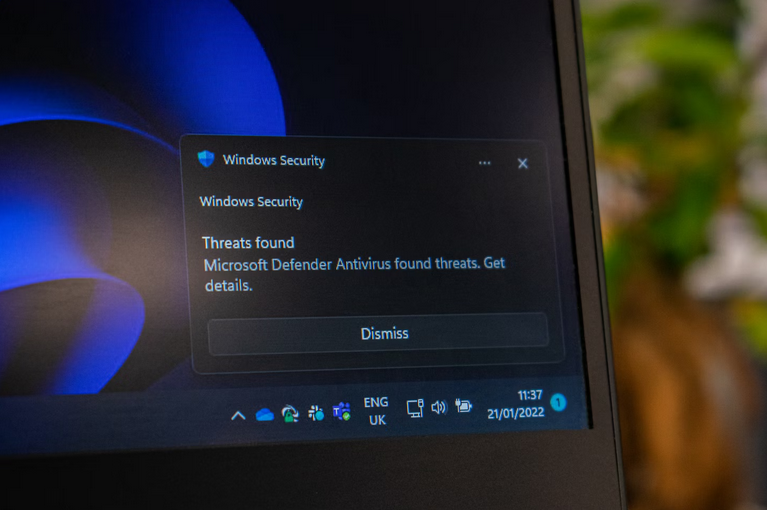Ways Classical Flutists Are Using Technology to Elevate Their Craft

The marriage between centuries-old musical traditions and cutting-edge technology might seem unlikely at first glance. Yet classical flutists worldwide are embracing digital innovations with remarkable enthusiasm. This technological revolution is transforming how musicians practice, perform, and connect with audiences.
From smartphone apps that analyze breath control to AI-powered composition tools, technology is breathing new life into an ancient art form. Even cultural icons—like chaurasia actress blending classical flute with modern expression—reflect how tradition and innovation can harmoniously coexist. Modern flautists are discovering that these digital companions don’t replace their musical intuition—they amplify it.
Digital Practice Tools Transform Daily Routines
Smartphone apps have revolutionized how flautists approach their daily practice sessions. Apps like Tonal Energy and TE Tuner provide instant feedback on pitch accuracy, helping musicians develop perfect intonation. Many flutists now record themselves using simple recording software, then analyze their performances for subtle timing issues they might miss in real-time playing. Smart metronomes with customizable beats and subdivisions help musicians master complex rhythmic patterns that once required expensive mechanical devices.
Practice journals integrated with calendar apps allow flutists to track their progress systematically, identifying weak spots that need extra attention. Some musicians use breath training apps originally designed for meditation to improve their respiratory control and stamina. These tools transform solitary practice time into an interactive, data-driven experience that accelerates improvement.
Virtual Reality Creates Immersive Performance Spaces

Virtual reality technology is opening up extraordinary possibilities for classical flutists seeking performance experience. Musicians can now practice performing in famous concert halls like Carnegie Hall or the Sydney Opera House without leaving their living rooms. VR environments help flutists overcome stage fright by gradually exposing them to larger and more intimidating virtual audiences. Some music schools use VR to simulate master classes with renowned flutists who might otherwise be inaccessible to students.
Advanced VR systems can even simulate the acoustic properties of different performance spaces, helping musicians adjust their playing style accordingly. Collaborative VR platforms allow flutists from different continents to rehearse together in shared virtual spaces, breaking down geographical barriers. These immersive technologies are particularly valuable for young musicians who need performance experience but lack access to traditional venues.
Artificial Intelligence Assists Composition and Arrangement
AI-powered software is becoming an invaluable creative partner for contemporary flutists interested in composition and arrangement. Programs like AIVA and Amper Music can generate musical phrases that serve as starting points for original compositions. Many flutists use AI to create backing tracks for solo performances, allowing them to perform with virtual orchestras or chamber ensembles. Machine learning algorithms analyze thousands of classical pieces to suggest harmonic progressions that complement flute melodies beautifully.
Some musicians employ AI transcription software to convert their improvised melodies into written notation instantly. Advanced AI tools can even analyze a flutist’s playing style and suggest personalized exercises to address specific technical weaknesses. These digital assistants don’t replace human creativity—they serve as sophisticated brainstorming partners that can spark unexpected musical directions.

Online Platforms Build Global Musical Communities
Social media and streaming platforms have transformed how classical flutists share their music and connect with fellow musicians. YouTube has become a virtual conservatory where flutists post tutorials, masterclasses, and performances for global audiences. Instagram Stories and TikTok allow musicians to share bite-sized practice tips and behind-the-scenes glimpses of their musical journey.
Online masterclass platforms connect aspiring flutists with world-renowned performers who might otherwise be completely out of reach. Collaborative platforms like BandLab enable musicians to create virtual ensembles by layering individual recordings from multiple locations. Discord servers and Facebook groups provide spaces for flutists to ask technical questions, share repertoire recommendations, and offer mutual support. Live streaming concerts have exploded in popularity, allowing flutists to maintain audience connections even when physical performances aren’t possible.…









 If you want your e-commerce website to be successful, it’s essential to make sure it’s mobile-compatible. In today’s world, more and more people are using their phones and other mobile devices to do their shopping online. You can do a few things to make sure your website is mobile-friendly. If you take care of these things, you’ll be well on your way to having a successful mobile-friendly e-commerce website.
If you want your e-commerce website to be successful, it’s essential to make sure it’s mobile-compatible. In today’s world, more and more people are using their phones and other mobile devices to do their shopping online. You can do a few things to make sure your website is mobile-friendly. If you take care of these things, you’ll be well on your way to having a successful mobile-friendly e-commerce website.

 Technology can streamline recruitment and make it easier for companies to find the best talent. Automation and analytics can help speed up processes such as candidate screening, making it easier for HR teams to identify top talent quickly.
Technology can streamline recruitment and make it easier for companies to find the best talent. Automation and analytics can help speed up processes such as candidate screening, making it easier for HR teams to identify top talent quickly.

 Another advantage of classroom headphones is that it makes online learning more effective. Since the majority of digital learning takes place over the internet, it can be difficult for students to hear what their teacher is saying if they don’t have access to a microphone or speakers. With headphones, students can easily hear their teacher and can focus on the lesson without having to adjust the volume or move around in search of a better signal. This is actually good for students who cannot hear if they are far from the computer or laptop. It also helps teachers who may have difficulty speaking in certain tones. Aside from that, headphones can also reduce the risk of feedback and audio distortion, which can sometimes occur in some online classes.
Another advantage of classroom headphones is that it makes online learning more effective. Since the majority of digital learning takes place over the internet, it can be difficult for students to hear what their teacher is saying if they don’t have access to a microphone or speakers. With headphones, students can easily hear their teacher and can focus on the lesson without having to adjust the volume or move around in search of a better signal. This is actually good for students who cannot hear if they are far from the computer or laptop. It also helps teachers who may have difficulty speaking in certain tones. Aside from that, headphones can also reduce the risk of feedback and audio distortion, which can sometimes occur in some online classes. Finally, another advantage of using classroom headphones is that they provide a better audio quality than other listening devices. Most classroom headphones are designed for learning environments and feature noise-canceling technology which helps to eliminate background noise and provide students with crystal clear audio. This improved audio quality makes it easier for students to understand the material being taught and can help them stay focused on the lesson. If possible, try to invest in a good quality pair of headphones. Find what works best for your students and budget. This way, you can ensure that your students will get the most out of their lessons.
Finally, another advantage of using classroom headphones is that they provide a better audio quality than other listening devices. Most classroom headphones are designed for learning environments and feature noise-canceling technology which helps to eliminate background noise and provide students with crystal clear audio. This improved audio quality makes it easier for students to understand the material being taught and can help them stay focused on the lesson. If possible, try to invest in a good quality pair of headphones. Find what works best for your students and budget. This way, you can ensure that your students will get the most out of their lessons.
